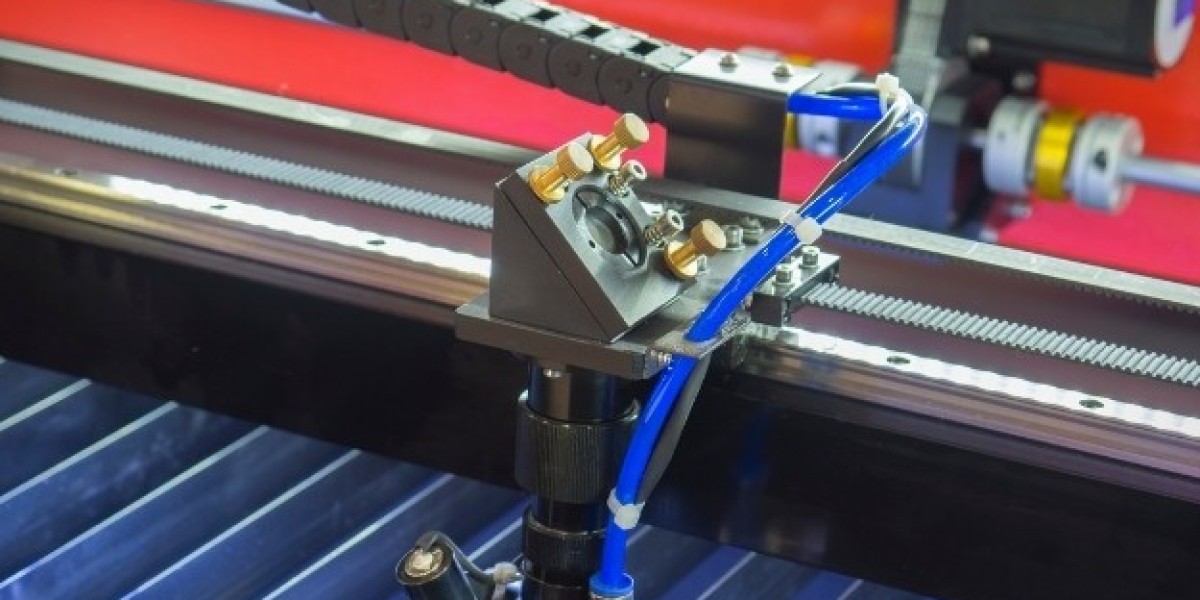Stainless laser welding is a precise and efficient method used in various industries, from automotive to aerospace, due to its ability to produce high-quality welds with minimal distortion. In this guide, we'll delve into the intricacies of stainless steel welding, covering everything from its fundamentals to advanced techniques.
Understanding Stainless Laser Welding
Stainless laser welding utilizes a concentrated beam of light to melt and fuse stainless steel components together. This process is highly controlled and can be performed with great precision, making it ideal for joining intricate or delicate parts.
Choosing the Right Equipment
Selecting the appropriate laser welding equipment is crucial for successful stainless steel welding. Factors to consider include the power of the laser, beam quality, and the type of laser source (fiber, disk, or CO2). Additionally, the choice of shielding gas, such as argon or helium, plays a significant role in ensuring weld quality and minimizing oxidation.
Preparation and Setup
Before initiating the welding process, thorough preparation is essential. This includes cleaning the stainless steel surfaces to remove any contaminants or oxides that could compromise the weld quality. Proper fixturing and clamping are also critical to ensuring precise alignment and stability during welding.
Optimizing Parameters
Achieving optimal welding parameters is a balance between power, speed, and beam focus. Experimentation and testing are often necessary to determine the ideal combination for the specific stainless steel grade and thickness being welded. Factors such as pulse duration and frequency may also need to be adjusted to achieve the desired weld penetration and heat distribution.
Controlling Heat Input
One of the challenges in stainless laser welding is managing heat input to prevent distortion and maintain material properties. Techniques such as pulse shaping and beam oscillation can help distribute heat more evenly and reduce the risk of overheating or warping, particularly in thin or heat-sensitive materials.
Quality Assurance
Ensuring weld quality is paramount in stainless laser welding. Non-destructive testing methods such as visual inspection, dye penetrant testing, and ultrasonic testing can be employed to detect defects such as cracks or incomplete fusion. Additionally, post-weld heat treatment may be necessary to relieve residual stresses and improve the mechanical properties of the weld.
Advanced Techniques
Advanced stainless laser welding techniques include multi-pass welding, hybrid welding (combining laser with other welding processes), and laser cladding for surface modification or repair. These techniques require a deeper understanding of laser physics and metallurgy but offer enhanced flexibility and capabilities for complex welding applications.
Safety Considerations
Safety is of utmost importance when working with laser welding equipment. Proper training, personal protective equipment (PPE), and adherence to safety protocols are essential to minimize the risk of accidents or injuries.
In conclusion, stainless steel welding is a versatile and efficient process for joining stainless steel components with precision and reliability. By understanding the fundamentals, optimizing parameters, and implementing quality assurance measures, practitioners can master this advanced welding technique and unlock its full potential in various industrial applications.








